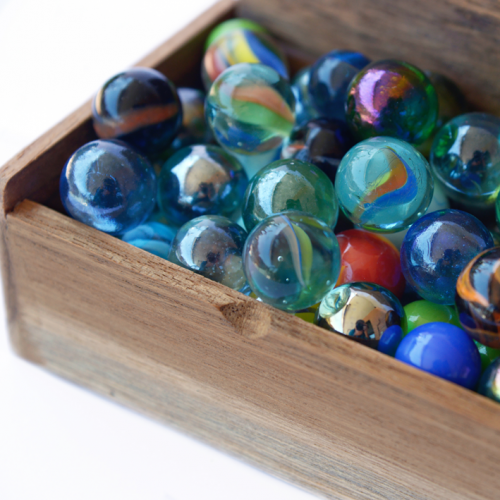The problems in this masterclass package are intended to offer students the opportunity to engage in a key mathematical activity: moving from particular instances to general cases. Along the way, students can notice patterns, make conjectures and choose representations to help justify and prove.
Summing consecutive numbers
15 = 7 + 8 and 10 = 1 + 2 + 3 + 4. Can you say which numbers can be expressed as the sum of two or more consecutive integers?

Marbles in a box
How many winning lines can you make in a three-dimensional version of noughts and crosses?
Route to infinity
Can you describe this route to infinity? Where will the arrows take you next?
What's possible?
Many numbers can be expressed as the difference of two perfect squares. What do you notice about the numbers you CANNOT make?
Painted cube
Imagine a large cube made from small red cubes being dropped into a pot of yellow paint. How many of the small cubes will have yellow paint on their faces?
